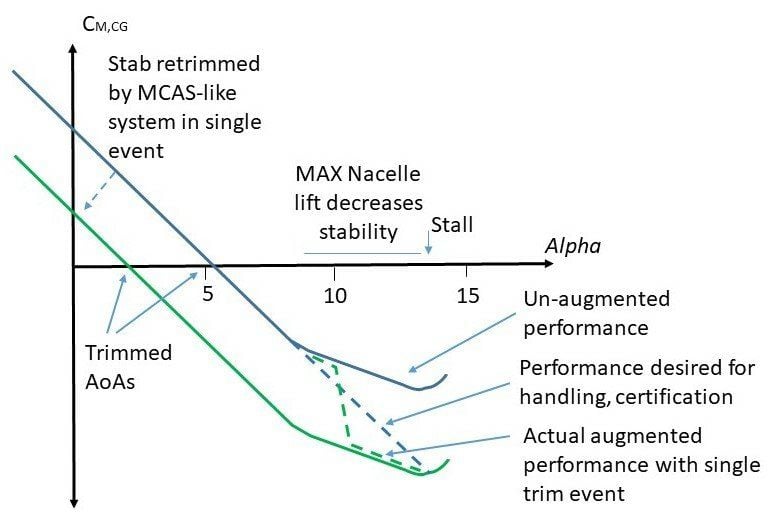Originally Posted by
737 Driver
I’m not trying to argue logic or whatever Boeing and FAA should have done. Obviously, the MCAS design was flawed. I am simply reporting what has been officially stated about how this system actually works.
For non-pilots, it may be difficult to relate to the dynamic environment of an approach to stall and recovery maneuver. The going in assumption is that the pilots would not intentionally place the aircraft close to the stall. When an approach to stall is detected, various aircraft systems kick in to both provide warning and assistance. However, it is also assumed that once alerted to the stall, the pilots will disengage the automation and hand-fly the aircraft back to a safe airspeed and altitude. This maneuver involves the same things I keep referring to - pitch, power, and trim. I can only speak for the aircraft I have flown, and not a single one of them was designed for the automation to execute the stall recovery. Assist, yes. Execute, no.
I half-understand your confusions, because to the best of our knowledge, no MCAS system has engaged and then rolled back the elevator trim. In the three cases we do know about, one was disconnected and flown entirely manually, the other two were irreversible due to stuck AOA data.
Edit: It just occurred to me that perhaps one of the reasons that Boeing has been coy about the unwinding of the trim, has been a legal one. Making a clear statement that MCAS was designed to unwind trim, when it did not do so in two crashes, could be a slam-dunk for product liability. Safer to obfuscate and clarify later, once its properly fixed!?
Part of your statement is a non-sequitur:
I do not know of any situation in which an autopilot will bring an aircraft close to a stall. The whole point of MCAS is that it is for a rarely used situation in which the aircraft is already under manual control, and the pilot needs assistance to carry out maneuvers at high AOA, but below the stall condition.
My observation is that nobody has bothered to document the unwinding of the MCAS trim, because it has never happened, and if it did the effects would be relatively benign. This is implicit in the relatively low hazard classification, and the fact that no additional pilot training was needed for MCAS certification by the FAA.
I am not a pilot, but it astonishes me that some well informed members (not just you), can be so fundamentally misinformed about the specific details of MCAS operation. No wonder Boeing didn't try to explain it the first time!?
Re-posting the AOA chart first posted by
LEOCh in:
Boeing 737 Max Software Fixes Due to Lion Air Crash Delayed
Edit: Also refer to the detailed description by
FCeng84 in:
Ethiopian airliner down in Africa
